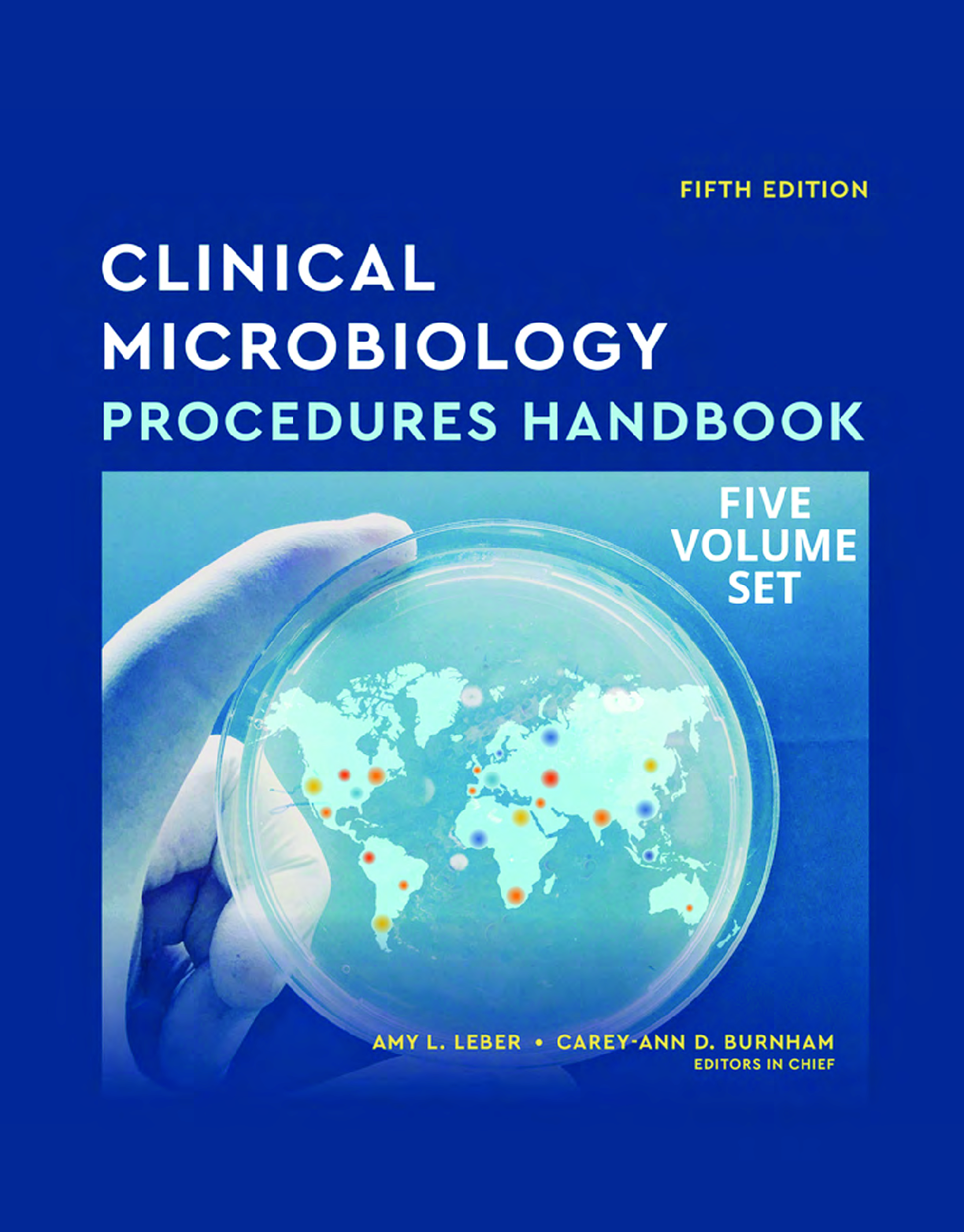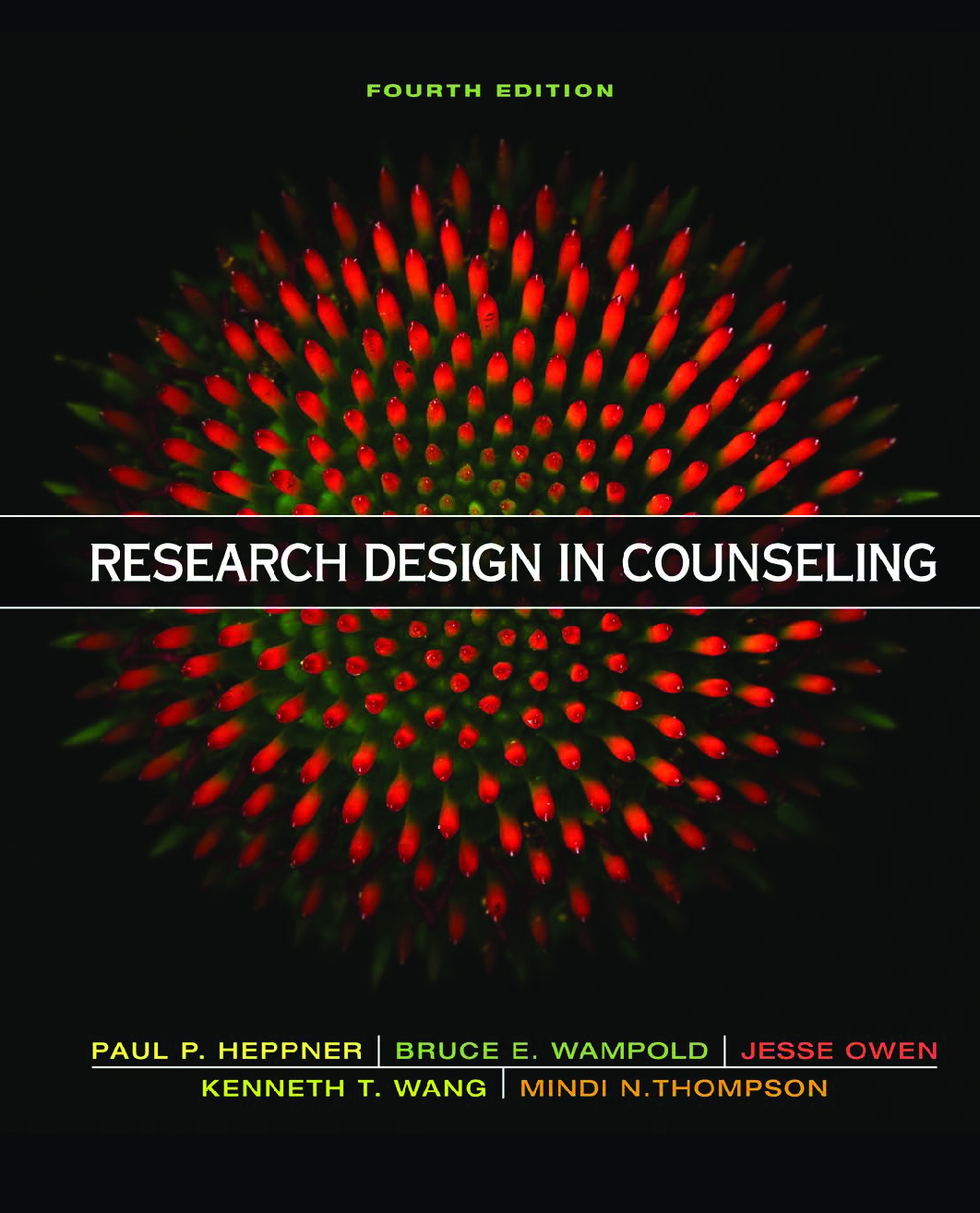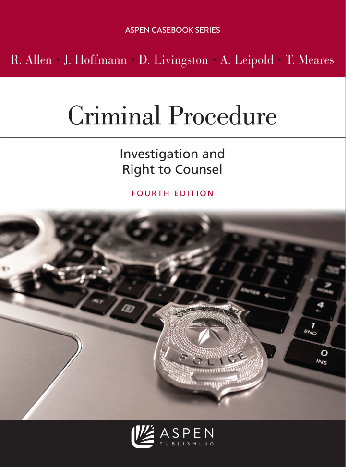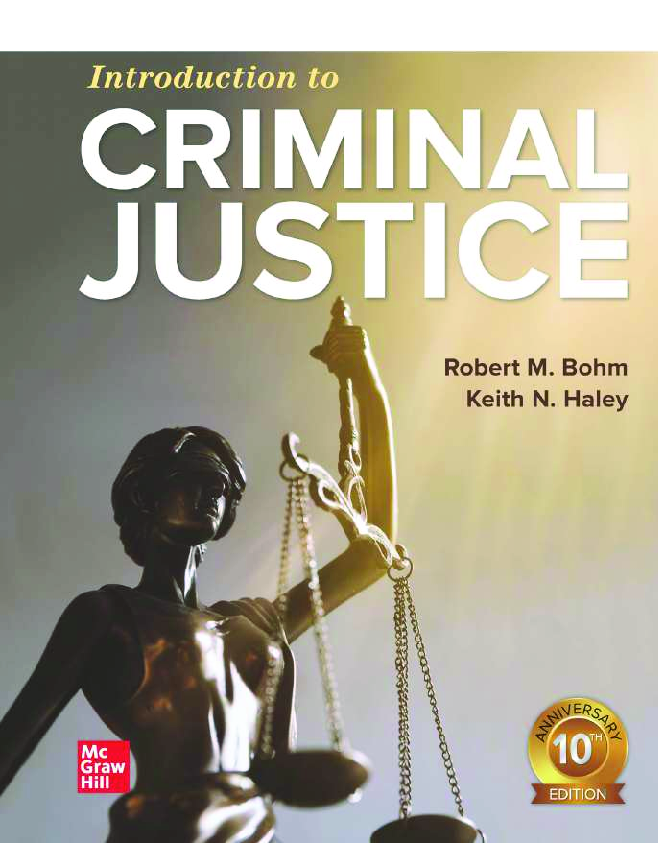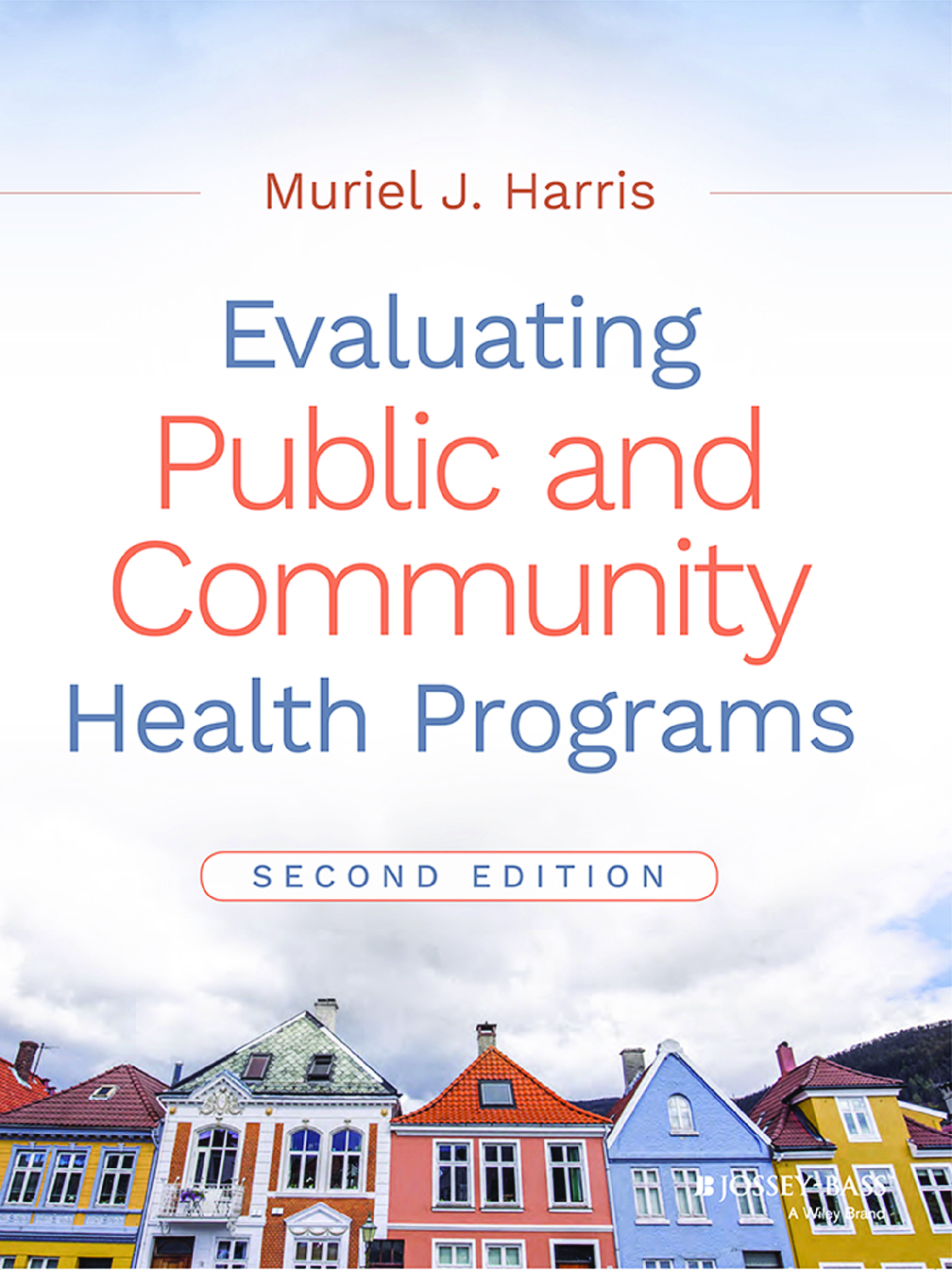Criminology > eBook-PDF > Criminalistics Introduction to Forensic Science, 13th Edition, By Richard Saferstein [PDF] [eBook] (All)
Criminalistics Introduction to Forensic Science, 13th Edition, By Richard Saferstein [PDF] [eBook]
Document Content and Description Below
Criminalistics An Introduction to Forensic Science Brief Contents Contents Preface Public Fascination with Forensic Science Purpose of This Book New to This Edition Focus on Cutting-Edge Tools ... and Techniques A Grounded Approach Key Features of the Thirteenth Edition Instructor Supplements Alternate Versions Revel Criminalistics, Thirteenth Edition by Richard Saferstein and Tiffany Roy About the Author Chapter 1 Introduction Learning Objectives Key Terms Definition and Scope of Forensic Science History and Development of Forensic Science Literary Roots Important Contributors to Forensic Science Mathieu Orfila (1787–1853) Alphonse Bertillon (1853–1914) Francis Galton (1822–1911) Leone Lattes (1887–1954) Calvin Goddard (1891–1955) Albert S. Osborn (1858–1946) Walter C. Mccrone (1916–2002) Hans Gross (1847–1915) Edmond Locard (1877–1966) Crime Laboratories Crime Labs in the United States International Crime Labs Organization of a Crime Laboratory The Growth of Crime Laboratories Future Challenges Types of Crime Laboratories Federal Crime Laboratories State and Local Crime Laboratories Services of the Crime Laboratory Basic Services Provided by Full-Service Crime Laboratories Physical Science Unit Biology Unit Firearms Unit Document Examination Unit Photography Unit Optional Services Provided by Full-Service Crime Laboratories Toxicology Unit Latent Fingerprint Unit Polygraph Unit Voiceprint Analysis Unit Crime-Scene Investigation Unit Functions of the Forensic Scientist Analysis of Physical Evidence The Importance of Physical Evidence Determining Admissibility of Evidence Other Standards of Admissibility Judging Scientific Evidence Providing Expert Testimony Furnishing Training in the Proper Recognition, Collection, and Preservation of Physical Evidence Other Forensic Science Services Forensic Psychiatry Forensic Odontology Forensic Engineering Forensic Computer and Digital Analysis Exploring Forensic Science on the Internet General Forensics Sites An Introduction to Forensic Firearm Identification (http://www.firearmsid.com/) Carpenter’s Forensic Science Resources (http://www.tncrimlaw.com/forensic/) Crime Scene Investigator Network (http://www.crime-scene-investigator.net/index.html) Crimes and Clues (http://crimeandclues.com/) Questioned Document Examination (http://www.qdewill.com/) Chapter Summary Review Questions Application and Critical Thinking Further References Chapter 2 The Crime Scene Learning Objectives Key Terms Processing the Crime Scene Securing and Isolating the Crime Scene Recording the Crime Scene Notes Photography Photographic Procedures Video Recording Body-Worn Cameras Sketches Conducting a Systematic Search for Evidence Search Patterns Strip or Line Search Pattern Grid Search Pattern Spiral Search Pattern Wheel or Ray Search Pattern Quadrant or Zone Search Pattern Locating Physical Evidence Collecting and Packaging Physical Evidence Maintaining the Chain of Custody Obtaining Standard/Reference Samples Submitting Evidence to the Laboratory Ensuring Crime-Scene Safety Legal Considerations at the Crime Scene Chapter Summary Review Questions Application and Critical Thinking Further References Case Analysis Chapter 3 Physical Evidence Learning Objectives Key Terms Common Types of Physical Evidence The Significance of Physical Evidence Identification Comparison Individual Characteristics Class Characteristics Assessing the Significance of Physical Evidence Assessing the Value of Physical Evidence Cautions and Limitations in Dealing with Physical Evidence Forensic Databases Fingerprint Databases DNA Databases Genealogy Databases Other Databases Chapter Summary Review Questions Application and Critical Thinking Further References Chapter 4 Crime-Scene Reconstruction: Bloodstain Pattern Analysis Learning Objectives Key Terms Crime-Scene Reconstruction Principles of Crime-Scene Reconstruction Personnel Involved in Reconstruction General Features of Bloodstain Formation Surface Texture Direction and Angle of Impact Bloodstain Spatter Patterns Classifying Impact Pattern Origin of Impact Patterns More Bloodstain Spatter Patterns Gunshot Spatter Cast-Off Spatter Projected Pattern Expiration Patterns Void Patterns Other Bloodstain Patterns Contact/Transfer Stains Flows Pools Drip Trail Patterns Documenting Bloodstain Pattern Evidence Bloodstain Pattern Analysis: Proceed with Caution Chapter Summary Review Questions Application and Critical Thinking Further References Chapter 5 Death Investigation Learning Objectives Key Terms Role of the Forensic Pathologist Scene Investigation The Autopsy Cause of Death Manner of Death Estimating Time of Death Role of the Forensic Anthropologist Recovering and Processing Remains Determining Victim Characteristics Other Contributions of Forensic Anthropology Role of the Forensic Entomologist Determining Time of Death Other Contributions of Forensic Entomology Chapter Summary Review Questions Application and Critical Thinking Further References Chapter 6 Fingerprints Learning Objectives Key Terms History of Fingerprinting Early Use of Fingerprints Early Classification of Fingerprints Adoption of Fingerprinting Fundamental Principles of Fingerprints First Principle: A Fingerprint Is an Individual Characteristic; No Two Fingers Have yet Been Found to Possess Identical Ridge Characteristics Ridge Characteristics Ridge Comparisons Second Principle: A Fingerprint Remains Unchanged During an Individual’s Lifetime Structure of the Skin Changing Fingerprints Third Principle: Fingerprints Have General Ridge Patterns That Permit Them to Be Systematically Classified Loops Whorls Arches Classification of Fingerprints The Primary Classification Automated Fingerprint Identification Systems How AFIS Works Considerations with AFIS Methods of Detecting Fingerprints Locating Fingerprints Developing Latent Prints Fingerprint Powders Iodine Fuming Ninhydrin Physical Developer Superglue Fuming Other Techniques for Visualization Newer Chemical Processes Preservation of Developed Prints Digital Imaging for Fingerprint Enhancement Creating Digital Images Analyzing Digital Images Chapter Summary Review Questions Application and Critical Thinking Further References Chapter 7 Forensic Biometrics Learning Objectives Key Terms Introduction to Biometrics What Is Biometrics? Types of Forensic Biometrics Physiological Biometrics Behavioral Biometrics Enrolling and Extracting Biometric Data The Iris Introduction History Iris and Retina How It Works Enrollment and Identification Current Applications Facial Recognition History How It Works Verification and Identification: Techniques The Next-Generation Identification System The Interstate Photo System Fingerprint and the National Palm Print System Chapter Summary Review Questions Application and Critical Thinking Further References Chapter 8 The Microscope Learning Objectives Key Terms Basics of the Microscope The Compound Microscope Parts of the Compound Microscope Properties of the Compound Microscope The Comparison Microscope The Stereoscopic Microscope The Polarizing Microscope Polarization Applications of the Polarized Microscope The Microspectrophotometer The Scanning Electron Microscope Forensic Palynology: Pollen and Spores as Evidence Characteristics of Spores and Pollen Analysis of Spores and Pollen Chapter Summary Review Questions Application and Critical Thinking Further References Chapter 9 Firearms, Tool Marks, and Other Impressions Learning Objectives Key Terms Types of Firearms Bullet and Cartridge Comparisons The Gun Barrel Rifling Methods Comparing Bullet Markings Considerations in Bullet Comparison Cartridge Cases Automated Firearms Search Systems Search Systems Early Systems NIBIN Ballistic Fingerprinting Gunpowder Residues Distance Determination Handguns and Rifles Shotguns Powder Residues on Garments Primer Residues on the Hands Detecting Primer Residues Tests for Primer Residues Swabbing SEM Testing Serial Number Restoration Collection and Preservation of Firearms Evidence Firearms Ammunition Gunpowder Deposits Tool Marks Comparing Tool Marks Collecting Tool Mark Evidence Other Impressions Preserving Impressions Lifting Impressions Casting Impressions Comparing Impressions Chapter Summary Review Questions Application and Critical Thinking Further References Chapter 10 Matter, Light, and Glass Examination Learning Objectives Key Terms The Nature of Matter Elements and Compounds States of Matter Changes of State Phases Physical Properties of Matter Basic Units of Measurement Metric Conversion Density Refractive Index Comparing Refractive Indices Dispersion Theory of Light Forensic Analysis of Glass Composition of Glass Comparing Glass Fragments Measuring and Comparing Density Determining and Comparing Refractive Index Classification of Glass Samples Glass Fractures Collection and Preservation of Glass Evidence Chapter Summary Review Questions Review Questions for Inside the Science Application and Critical Thinking Further References Chapter 11 Hairs and Fibers Learning Objectives Key Terms Morphology of Hair Cuticle Cortex Medulla Root Identification and Comparison of Hair Stable Isotope Analysis Considerations in Hair Examination Hair Characteristics Potential for Error Questions Concerning Hair Examination Can the Body Area from which a Hair Originated be Determined? Can the Ancestral Origin of Hair be Determined? Can the Age and Sex of an Individual be Determined from a Hair Sample? Is it Possible to Determine whether Hair was Forcibly Removed from the Body? Are Efforts Being Made to Individualize Human Hair? Is it Possible to Determine whether Hair Came From a Deceased Individual? Can DNA Individualize a Human Hair? Collection and Preservation of Hair Evidence Forensic Examination of Fibers Types of Fibers Manufactured Fibers Identification and Comparison of Manufactured Fibers Microscopic Examination Dye Composition Chemical Composition Significance of an Inclusion Collection and Preservation of Fiber Evidence Chapter Summary Review Questions Review Questions for Inside the Science Application and Critical Thinking Further References Chapter 12 Drugs Learning Objectives Key Terms Drug Dependence Psychological Dependence Physical Dependence Societal Aspects of Drug Use Types of Drugs Narcotic Drugs Opiates Synthetic Opiates Hallucinogens Marijuana Other Hallucinogens Depressants Alcohol (Ethyl Alcohol) Barbiturates Antipsychotics and Antianxiety Drugs “Huffing” Stimulants Amphetamines Cocaine Crack Effects of Use Club Drugs Anabolic Steroids Drug-Control Laws Controlled Substances Act Control Mechanisms and Penalties Schedule I Schedule II Schedule III Schedule IV Schedule V Other Provisions of the Act Collection and Preservation of Drug Evidence Forensic Drug Analysis The Analytical Process Screening Confirmation Quantitative VS. Qualitative Determination Color Tests Microcrystalline Tests Chromatography Gas Chromatography (GC) Basic Theory of GC Thin-Layer Chromatography (TLC) The TLC Process Visualizing Substances Spectrophotometry Absorption of Electromagnetic Radiation Ultraviolet, Visible, and Infrared Spectrophotometry Mass Spectrometry Chapter Summary Review Questions Review Questions for Inside the Science Application and Critical Thinking Further References Chapter 13 Forensic Toxicology Learning Objectives Key Terms Toxicology of Alcohol Metabolism of Alcohol Absorption and Distribution Elimination Blood-Alcohol Concentration Testing for Intoxication Breath Testing for Alcohol Breath-Test Instruments Considerations in Breath Testing Field Sobriety Testing Analysis of Blood for Alcohol Collection and Preservation of Blood Alcohol and the Law Blood-Alcohol Laws Constitutional Issues The Role of the Toxicologist Challenges Facing the Toxicologist Collection and Preservation of Toxicological Evidence Techniques Used in Toxicology Acids and Bases Screening and Confirmation Detecting Drugs in Hair Detecting Nondrug Poisons Heavy Metals Carbon Monoxide Significance of Toxicological Findings The Drug Recognition Expert Chapter Summary Review Questions Review Questions for Inside the Science Application and Critical Thinking Further References Chapter 14 Metals, Paint, and Soil Learning Objectives Key Terms Forensic Analysis of Trace Elements Evidence in the Assassination of President Kennedy Principles and Technology of Trace Analysis The Emission Spectrum of Elements Types of Spectra Atomic Structure Inductively Coupled Plasma Emission Spectrometry (ICP) The ICP Process Isotopes and Radioactivity Neutron Activation Analysis Forensic Examination of Paint Composition of Paint Microscopic Examination of Paint Analytical Techniques Used in Paint Comparison Characterization of Paint Binders Characterization of Pigments Significance of Paint Evidence Collection and Preservation of Paint Evidence Forensic Analysis of Soil Significance of Soil Evidence Forensic Examination of Soil Variations in Soil Collection and Preservation of Soil Evidence Chapter Summary Review Questions Review Questions for Inside the Science Application and Critical Thinking Further References Chapter 15 Forensic Serology Learning Objectives Key Terms The Nature of Blood Antigens and Antibodies Blood Typing Immunoassay Techniques Forensic Characterization of Bloodstains Color Tests Luminol and Bluestar Microcrystalline Tests Precipitin Test Gel Diffusion Principles of Heredity Genes and Chromosomes Alleles Dominant and Recessive Genes Forensic Characterization of Semen Testing for Seminal Stains Acid Phosphatase Test Microscopic Examination of Semen Prostate Specific Antigen (PSA) Collection and Preservation of Rape Evidence Collection and Handling Analyzing Seminal Constituents Chapter Summary Review Questions Review Questions for Inside the Science Application and Critical Thinking Further References Chapter 16 DNA: The Indispensable Forensic Science Tool Learning Objectives Key Terms What Is DNA? Structure of DNA Nucleotides Complementary Base Pairing DNA at Work The Combined DNA Index System (CODIS) Replication of DNA The Process of Replication DNA Typing with Short Tandem Repeats Tandem Repeats Short Tandem Repeats (STRs) Multiplexing Estimation of Weight Using STRs Sex Identification Using STRs Significance of DNA Typing Mitochondrial DNA Collection and Preservation of Biological Evidence for DNA Analysis Collection and Packaging of Biological Evidence Obtaining DNA Reference Specimens Contamination of DNA Evidence Chapter Summary Review Questions Review Questions for Inside the Science Application and Critical Thinking Further References Chapter 17 Forensic Aspects of Fire and Explosion Investigation Learning Objectives Key Terms The Chemistry of Fire Oxidation Energy Combustion Heat Speed of Reaction Physical State of Fuel Fuel Temperature The Fuel–Air Mix Glowing Combustion Spontaneous Combustion Heat Transfer Conduction Radiation Convection Searching the Fire Scene Timeliness of Investigation Locating the Fire’s Origin Searching for Accelerants Collection and Preservation of Arson Evidence Packaging and Preservation of Evidence Substrate Control Igniters and Other Evidence Analysis of Flammable Residues The Headspace Technique Vapor Concentration Explosions and Explosives The Chemistry of Explosions Types of Explosives Collection and Analysis of Evidence of Explosives Detecting and Recovering Evidence of Explosives Collection and Packaging Chapter Summary Review Questions Review Questions for Inside the Science Application and Critical Thinking Further References Chapter 18 Document Examination Learning Objectives Key Terms Document Examiner Handwriting Comparisons General Style Variations in Handwriting Challenges to Handwriting Comparison Collection of Handwriting Exemplars Typescript Comparisons Photocopier, Fax, and Printer Examination Photocopiers Fax Machines Computer Printers Alterations, Erasures, and Obliterations Erasures and Alterations Obliterations Other Document Problems Indented Writings Ink and Paper Comparison Chapter Summary Review Questions Application and Critical Thinking Further References Chapter 19 Computer Forensics Learning Objectives Key Terms From Input to Output: How Does the Computer Work? Hardware Versus Software Hardware Components Computer Case/Chassis Power Supply Motherboard System Bus Read-Only Memory (ROM) Central Processing Unit (CPU) Random-Access Memory (RAM) Input Devices Output Devices Hard Disk Drive (HDD) Putting It All Together Storing and Retrieving Data Formatting and Partitioning the HDD Mapping the HDD Processing the Electronic Crime Scene Documenting the Crime Scene Live Computer Acquisition Forensic Image Acquisition Analysis of Electronic Data Visible Data Data/Work Product Files Swap File Data Temporary Files Latent Data Slack Space Unallocated Space Defragmenting Swap File/Swap Space Deleted Files Forensic Analysis of Internet Data Internet Cache Internet Cookies Internet History Bookmarks and Favorite Places Forensic Investigation of Internet Communications Role of the IP E-Mail, Chat, and Instant Messaging Hacking Mobile Forensics Chapter Summary Review Questions Application and Critical Thinking Further References Chapter 20 Mobile Device Forensics Learning Objectives Key Terms The Mobile Device Neighborhood: What Makes a Mobile Device “Mobile”? Forensic Challenges: Mobile Devices as Small Computers—Sort Of Extracting Useful Data: The Differences in Various Types of Mobile Devices Mobile Device Architecture: What Is Inside the Device and What Is It Used For? SIMs and SDs File Systems—or Not Analyzing Mobile Devices: Finding Forensically Valuable Artifacts Hybrid Crime Assessment: Fitting the Mobile Device into the Digital Forensic Investigation Chapter Summary Review Questions Application and Critical Thinking Further References Appendixes Appendix I Department of Justice Code of Professional Responsibility for the Practice of Forensic Science Appendix II Handbook of Forensic Services—FBI Appendix III Instructions for Collecting Gunshot Residue (GSR) Appendix IV Chemical Formulas for Latent Fingerprint Development Iodine Spray Reagent Remarks 1,8-Diazafluoren-9-one (DFO) Ninhydrin Zinc Chloride Solution (Post-Ninhydrin Treatment) Physical Developer Cyanoacrylate Fluorescent Enhancement Reagents Rhodamine 6G Ardrox MBD Basic Yellow 40 RAM Combination Enhancer* RAY Combination Enhancer* MRM 10 Combination Enhancer Appendix V Chemical Formulas for Development of Footwear Impressions in Blood Amido Black Staining Solution: Rinsing Solution: Coomassie Blue Staining Solution (add in this order): Rinsing Solution: Crowle’s Double Stain Developer: Rinse: Diaminobenzidine (DAB) Solution A (Fixer Solution): Solution B: Solution C: Working Solution (Mix Just Prior to Use): Fuchsin Acid Leucocrystal Violet Leucocrystal Violet Field Kit* Bottle A: Bottle B: Bottle C: Patent Blue Tartrazine Index [Show More]
Last updated: 2 years ago
Preview 1 out of 600 pages

Buy this document to get the full access instantly
Instant Download Access after purchase
Buy NowInstant download
We Accept:

Reviews( 0 )
$25.00
Can't find what you want? Try our AI powered Search
Document information
Connected school, study & course
About the document
Uploaded On
Dec 22, 2022
Number of pages
600
Written in
Additional information
This document has been written for:
Uploaded
Dec 22, 2022
Downloads
0
Views
208



